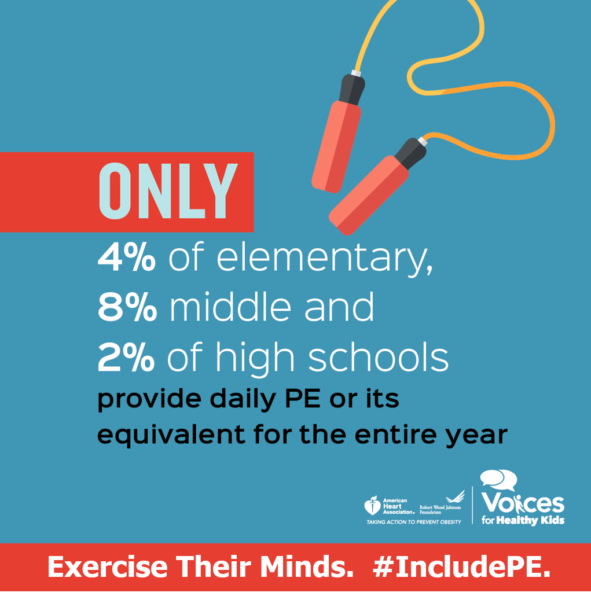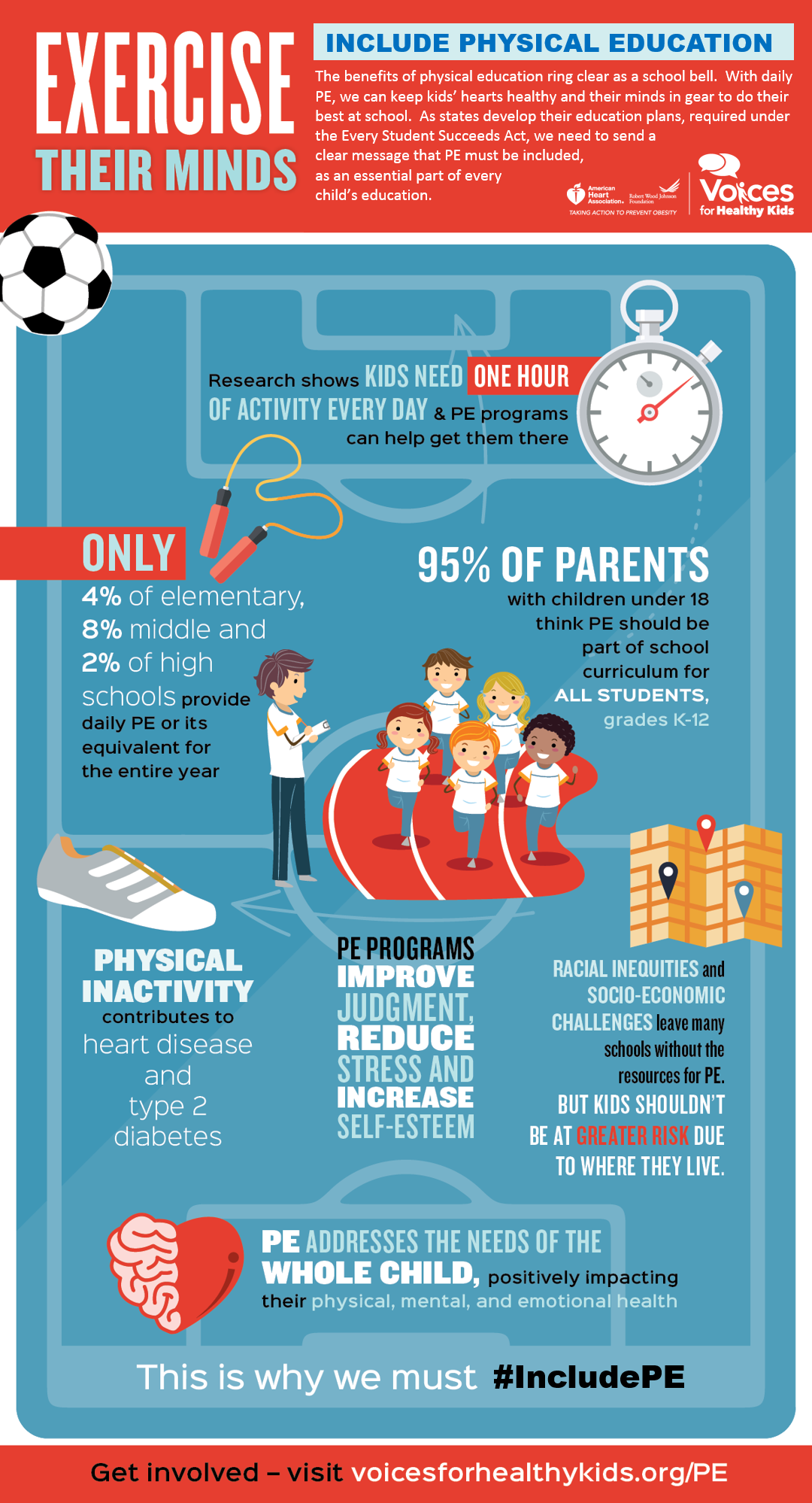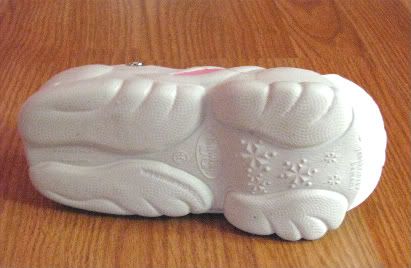I remember in 5th grade taking the Presidential fitness test during our regularly scheduled Physical Education class. Simply put, I recall a series of crunches, an endurance run, pull-ups, a shuttle run, and a V-sit stretch. Nothing too demanding, even for me who wasn’t much of an athlete outside of elementary school like the kids who played Little League or practiced gymnastics. I did, however, have a swimming pool and a bike and took advantage of those regularly as we could living in California. Following the test, maybe weeks to months later, I earned the Presidential Physical Fitness Award plaque during a school assembly and it was something I was so proud of! So much so, entering junior high school the next year, I began making an extra effort in P.E. and even began running on the track team.
My youngest daughter is currently in 5th grade and just took that same test last week. Outside of school she trains 8-10 hours a week at her dance studio. My oldest daughter danced 10 hours a week at the same studio since age 3, and is now a dance major in college with an emphasis in choreography. My son is a baseball and basketball player, practicing 3-4 hours after school every day including a daily weight training course. All 3 of my children make the honor roll each quarter, are healthy, and take care of their bodies to keep in shape for their passions. We may be one of the lucky ones in California to have a great P.E. program, but not all schools do. Did you know only 4% of elementary schools, 8% of middle schools, and 2% of high schools provide daily PE or its equivalent for the entire school year? As a former elementary school teacher and mother of three I see a huge difference in academic achievement, emotional health, and behavior when my kids have access to daily physical activity and it needs to start in the schools with P.E.! Here are 3 important reasons to protect Physical Education in schools.
As a former elementary school teacher and mother of three I see a huge difference in academic achievement, emotional health, and behavior when my kids have access to daily physical activity and it needs to start in the schools with P.E.! Here are 3 important reasons to protect Physical Education in schools.
3 Important Reasons to Protect Physical Education in Schools
- Poor habits begin at an early age. With electronics like smart phones, tablets, and televisions easily accessible, kids are more sedentary and without regular physical activity, let alone Physical Education in schools, they become at higher risk of heart disease, high blood pressure, diabetes, obesity, mental health problems, and even some cancers as they age. Research shows that 60 minutes of physical activity in P.E. programs in school per day can give kids a jump start to a healthy future.

- Positive Behavior. PE addresses the needs of the whole child, positively impacting their physical, mental, and emotional health. Case in point, my daughter and son’s winter break was plagued by rain the entire week. No outside play, sports were cancelled due to weather, and dance studio was closed because schools were closed. My children laid around, bickered with each other, and basically went stir crazy due to inactivity. Their lack of physical activity manifested in boredom, inability to focus, and frustration. Tying in with health above, I want to add that my kids fell ill to colds that week also, inactivity can weaken the immune system. Once school started up again and their routines fell back into place, their behavior changed, their focus was clearer, and they were happier kids. I know once my kids experienced different activities and sports during P.E. it encouraged them to continue outside of school. Joining dance classes and sports leagues made them part of teams and learning teamwork and how to be guided by mentors outside of parents and school teachers is a wonderful skill. In turn, positive behavior results in positive outcomes and success on the field and the dance floor for my children.

- Academic Performance. Health, behavior, and academic performance all come hand-in-hand thanks to daily physical activity. When you’re healthy you behave better, when you’re active you feel better, when you feel good your brain is focused and you can concentrate on school. My three children are all scholar athletes and it’s not an accident. They perform well in school because they enjoy it, they work hard because they want to play hard. All paying off by becoming better dancers, better athletes, and better teammates. My husband and I reward our children accordingly and the circle of success continues.
95% of parents with children under the age of 18 think PE should be part of the school curriculum for all students K-12. Under the ESSA (Every Student Succeeds Act), which is also federal education law, P.E. has access to significant federal funding, it needs to be advocated for and taken advantage of!
Do you know if your kids are getting enough PE? Protect PE by joining the PE Action Team at www.voicesforhealthykids.org/PE. Want to learn more about how you can work to increase PE in your community? Visit http://physicaleducation.voicesforhealthykids.org/.
This post reflects a compensated editorial partnership with Voices for Healthy Kids, a joint initiative of the American Heart Association and Robert Wood Johnson Foundation. And link “Voices for Healthy Kids” to http://














